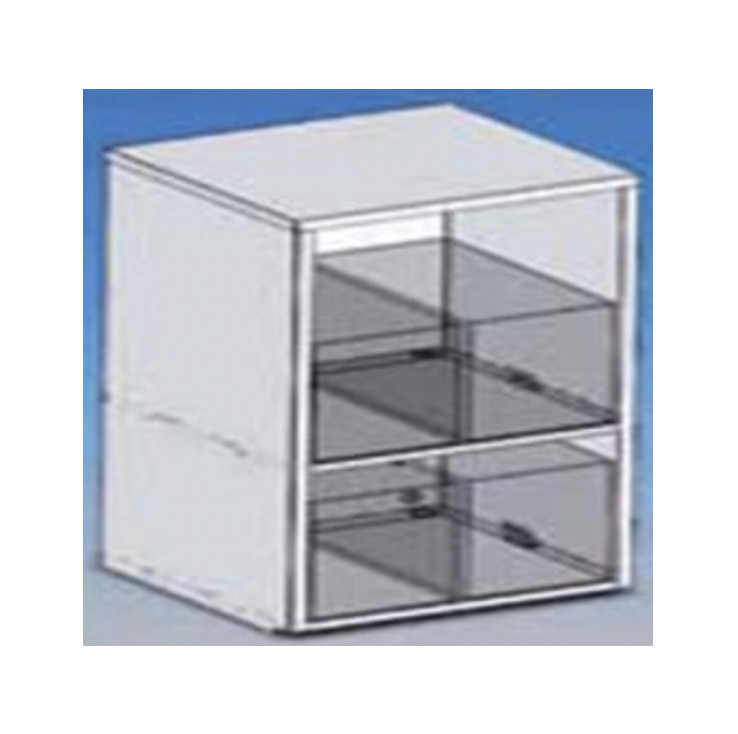Battery Enclosures

Battery enclosures are designed to provide safe, organized, and secure housing for single or multiple batteries used in energy storage systems. RSP Supply offers a full range of battery enclosures suitable for both indoor and outdoor applications, supporting residential, commercial, and industrial energy storage needs. These enclosures help protect batteries from environmental exposure, physical damage, and unauthorized access while promoting proper organization and accessibility.
Constructed from materials such as powder-coated steel or aluminum, battery enclosures are built to withstand demanding conditions including temperature extremes, moisture, and dust. Many models feature locking doors for added security, along with adjustable shelving configurations that accommodate different battery sizes and quantities. Options range from single-shelf designs to multi-shelf layouts, allowing flexibility for a variety of system requirements.
Battery enclosures can also be configured with vents, filters, or other features to support specific project needs. They are commonly used in solar energy storage systems, backup power installations, and other applications where reliable battery protection is essential. When properly selected and installed, these enclosures support long-term battery performance while maintaining a clean and professional installation.
More Information about Battery Enclosures
Battery enclosures can be customized for specific project requirements. They can be built from either aluminum or steel and can incorporate a number of different features—such as filters or vents—that allow them to serve a variety of applications. For outdoor solar battery systems, these enclosures provide just the right combination of durability and safe, secure battery containment to make them an outdoor solar energy storage solution that's worth the investment. For applications not involving solar energy, the same could be said about the enclosures' indoor and outdoor durability; secure containment; and filter/vent customization, which makes them suitable for a variety of application-specific indoor environments.
FAQs
Q: What are battery enclosures used for?
Battery enclosures are used to safely house and protect batteries in energy storage systems, helping shield them from environmental exposure, physical damage, and unauthorized access.
Q: Are battery enclosures suitable for outdoor use?
Yes. Many battery enclosures are designed for outdoor installations and are constructed from durable materials such as powder-coated steel or aluminum to resist corrosion and environmental exposure.
Q: Can battery enclosures be customized?
Battery enclosures can be configured with features such as adjustable shelves, vents, or filters to meet specific application requirements, including solar and backup power systems.
Q: Are steel powder-coated battery boxes with shelves available at reasonable price points?
Yes. Steel, powder-coated battery enclosures with optional shelving are available in a range of sizes and configurations to suit different budgets and application needs.
Q: How are battery enclosures used in solar power systems?
In solar installations, battery enclosures house batteries that store energy generated by solar panels. The stored energy can be used when demand exceeds generation or when solar input is unavailable, supporting reliable system operation.
Why Buy Battery Enclosures from RSP Supply
RSP Supply offers a dependable selection of battery enclosures designed to support safe and organized energy storage across a wide range of applications. Our enclosures are built for durability, security, and compatibility with modern energy systems. Customers rely on RSP Supply for knowledgeable support, quality enclosure solutions, and products that meet the practical demands of indoor and outdoor installations.

